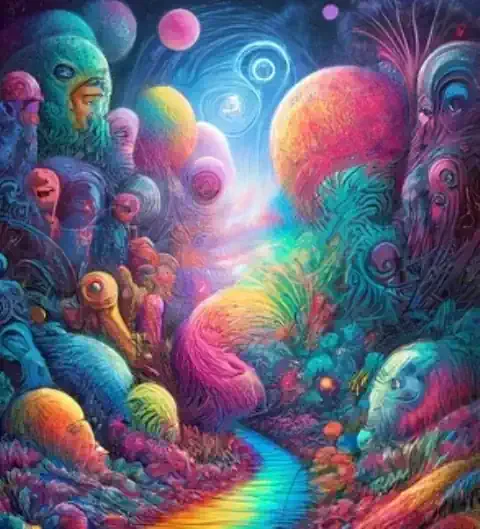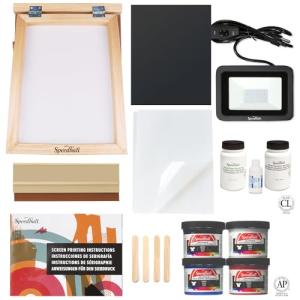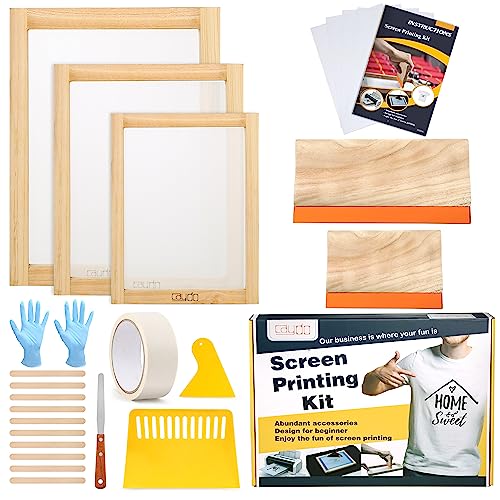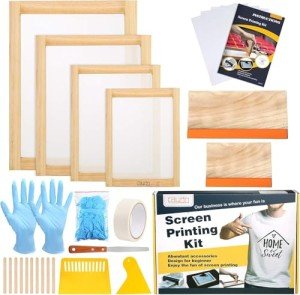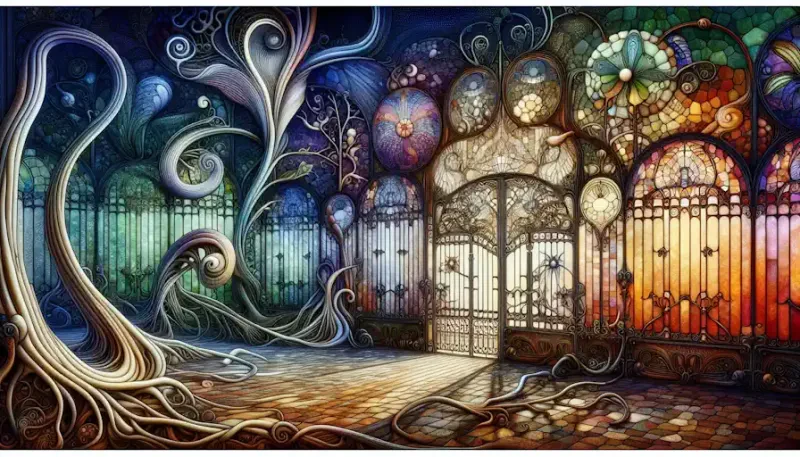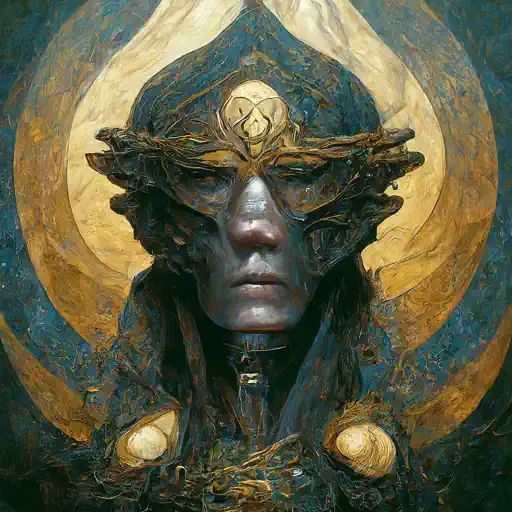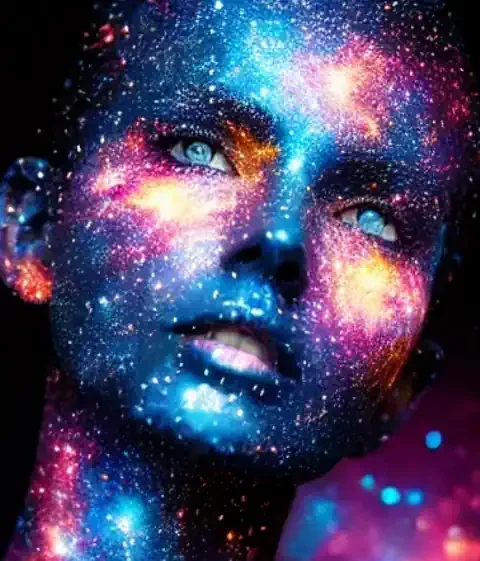The art world is witnessing a remarkable transformation, driven by the advent of digital technology. The Digital Art Revolution has not only changed how art is created and consumed but also revolutionized the tools and supplies used by artists. This article delves into the essential supplies that define the modern digital artist and how these tools are shaping the future of art.
The Transformation of Artistic Tools
Gone are the days when brushes, paints, and canvases were the primary tools for artists. The digital era has introduced a plethora of tools that have expanded the horizons of creative expression. Graphic tablets, stylus pens, sophisticated software, and virtual reality equipment are now at the forefront, offering artists unprecedented levels of precision, versatility, and convenience.
The Graphic Tablet: A Digital Canvas
The graphic tablet, essentially a digital canvas, has become indispensable for modern artists. It offers a tactile, intuitive experience, closely mirroring the traditional act of drawing or painting but with the added benefits of digital technology. Features like pressure sensitivity, tilt recognition, and a vast array of digital brushes and textures allow for an incredibly diverse range of artistic expression.
Stylus Pens: The Digital Brush
The stylus pen, a tool as mighty as the traditional brush or pencil, offers a level of precision that is unparalleled. With features like pressure sensitivity and angle detection, it allows artists to create with a natural and fluid motion, producing lines and strokes that range from the finely detailed to the broadly expressive.
Digital Art Software: The Artist's Toolbox
Software programs like Adobe Photoshop, Illustrator, Corel Painter, and Procreate have become the new palette and paint for digital artists. These powerful tools offer an array of features like layers, filters, and custom brushes that empower artists to experiment and create in ways that were previously impossible.
Virtual Reality: A New Dimension of Art
Virtual reality (VR) is pushing the boundaries further, allowing artists to create and interact with their art in a three-dimensional space. VR art tools like Tilt Brush and Oculus Medium enable artists to sculpt, paint, and draw in a fully immersive environment, opening up a whole new realm of possibilities.
The Benefits of Digital Art Supplies
Unlimited Creative Freedom: Digital tools provide artists with an expansive canvas to experiment and explore without the limitations of traditional supplies.
Efficiency and Flexibility: Digital art can be easily edited, duplicated, and shared, making the creative process more efficient and versatile.
Accessibility: Digital art tools have made art more accessible, allowing more people to explore their creativity without the need for expensive supplies.
Innovation: The continuous evolution of digital tools fosters innovation, encouraging artists to push the boundaries of what is possible in art.
The Challenges and Solutions
Despite the advantages, transitioning to digital art can be challenging. The learning curve for mastering digital tools can be steep, and the initial investment in equipment can be significant. However, the solution lies in gradually integrating digital tools into your artistic practice and taking advantage of the vast array of online tutorials and resources available for learning.
The Impact of Digital Art in the Art World
The digital art revolution has had a profound impact on the art world. It has democratized art creation and distribution, allowing artists to reach a global audience with ease. Digital art has also found its place in galleries and exhibitions, gaining recognition and appreciation as a legitimate art form.
Sustainability in Digital Art
Digital art is also a step towards sustainability in the art world. It reduces the need for physical materials, minimizes waste, and lowers the environmental impact associated with art supplies.
The digital art revolution is redefining what it means to be an artist in the modern world. The evolution of art supplies from traditional to digital reflects the dynamic nature of creative expression. As technology continues to advance, it will undoubtedly bring forth new tools and possibilities, further expanding the horizons of what artists can achieve.
In embracing the tools of the digital age, artists are not only adapting to a new medium but are also participating in a cultural shift that is reshaping the art world. The digital art revolution is a testament to the enduring power of creativity and the unending quest for new ways to express the human experience.
